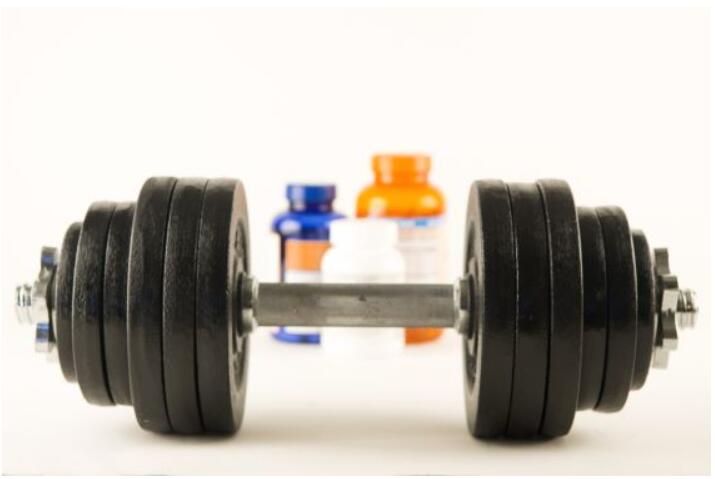Categories
- Blog (808)
- Customer Purchase (378)
- Best Sarms stack (6)
- Weight loss peptide (39)
- Other supplements (35)
- Home made (6)
- Testosterone & TRT & AAS (75)
- PCT (28)
Start testosterone replacement therapy (TRT) is an important decision that involves multiple steps and considerations. Here is a detailed guide to help you get start with TRT.
First, you need to pay attention to the presence of symptoms associated with low testosterone. Common symptoms include decreased libido, fatigue, depression, anxiety, cognitive decline, decreased muscle mass, and decreased bone density. If you find yourself with more than one related symptom, you can document these changes so you can provide details when you consult your doctor.
Contacting a medical professional is a key step in starting TRT. It recommend to consult an endocrinologist, urologist, or other medical professional experienced with TRT. Make sure you choose a doctor who can provide you with personalized treatment recommendations and can help you assess the potential risks and benefits.

At the visit, the doctor will conduct a comprehensive assessment, including:
Medical history assessment: Ask detailed questions about your medical history, symptoms, lifestyle, and family health.
Physical exam: Your doctor may perform a physical exam to assess your overall health.
Blood tests: Do Blood tests in the morning to measure testosterone, LH (luteinizing hormone), FSH (follicle-stimulating hormone) and other hormone levels. These tests can help identify low testosterone levels.
Once it is determined that you need TRT, your doctor will discuss different treatment options with you, including:
Injections: Testosterone injections are given regularly, usually every 1-2 weeks.
Gel: A gel applied to the skin and used daily.
Patch: A medicated patch that is applied to the skin and usually changed daily.
Oral medications: In some cases, oral forms of testosterone may be used.
Discuss the pros and cons of each approach to understand its effectiveness, convenience, and potential side effects so you can make an informed choice.
After determining a treatment plan, follow your doctor’s instructions to start TRT. The initial dose is usually low, and your doctor will gradually adjust the dose based on your body’s reaction and test results. Make sure to take or administer medications on time and record any changes and side effects.
Regular blood tests are essential during treatment and are usually recommend every 3-6 weeks. These tests can monitor indicators such as testosterone levels, red blood cell counts and PSA (hydroprostate-specific antigen) levels. Based on the test results, the doctor may adjust the treatment regimen to optimize the efficacy.
TRT can be accompanied by side effects such as acne, weight gain, mood swings, or sleep apnea. If you experience any discomfort or side effects, talk to your doctor about adjustments.
During the process of receiving TRT, emotions and mental states may change. If necessary, consider seeking psychological support or counseling to help you cope with the mood swings that may occur during therapy.
Starting TRT is a process that requires careful consideration, ensuring to do it under the guidance of a medical professional. With a thorough evaluation, appropriate treatment options, and regular monitoring, you can increase your testosterone levels while minimizing your risk and improving your quality of life. Always maintain good communication with the doctor to ensure the success of treatment and the maintenance of health.